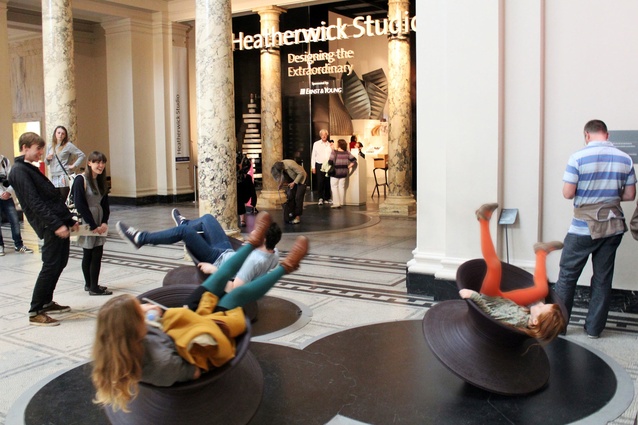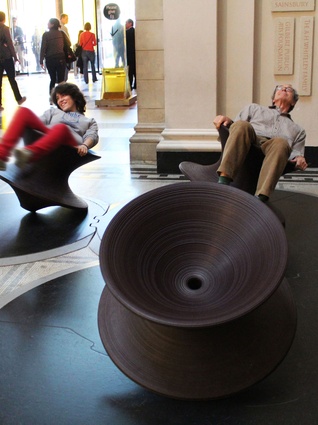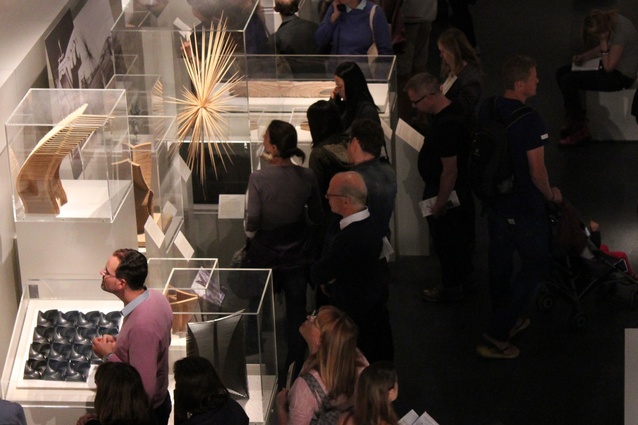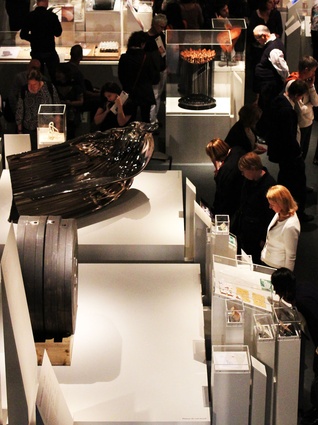London Design Festival – Thomas Heatherwick exhibition
HY William Chan was in London for the 2012 London Design Festival and found the Thomas Heatherwick exhibition took his fancy.
Now in its tenth edition, London Design Festival does not disappoint either locals or overseas visitors (such as myself). The gracious Victoria and Albert Museum once again opened its doors to Britain’s art and design crowd as they packed the central hub during the opening weekend.
For me, the standout display was Designing the Extraordinary, a survey of projects by Heatherwick Studio, as led by Thomas Heatherwick, who designed the dazzling cauldron for London’s Olympic Games, and reinvented the city’s iconic double-decker bus.
Under the museum’s atrium, Heatherwick’s playful Spun Chair brought infectious glee to people of all ages as they set about spinning on it. Crammed inside the one-room exhibit (like an inventor’s atelier) were myriad sketches, models and prototypes, showcasing Heatherwick’s prolific experimentation, right from his early days, including many student projects done at university.
Heatherwick’s research thesis The Inspiration of Construction identified a disconnect between architectural design and construction and resulted in the building of a pavilion made with intersecting timber and acrylic curves and marked the start of Heatherwick Studio.
This curiosity about the relationship between design and the physical processes of making has long inform Heatherwick’s practice. From the controlled repetition and tessellated surfaces of Guy’s Hospital’s Boiler Suit, or interplay of lines in Bleigiessen’s 142,000 glass-beaded sculpture, to the research into materials and fabrication used to make Extrusion Bench from a single piece of aluminium, Heatherwick’s philosophy of “purposeful aimlessness” truly celebrates the creative potential from a single moment or action.
Also interesting in this exhibition was the chance to understand the ideas behind Heatherwick’s architecture. The idea for his celebrated Seed Cathedral for the UK World Expo 2010 pavilion (with its glowing filaments that softened the building’s form) came from childhood experience of pushing Play-Doh through a figurine to create a hairy head.
Collaborations have cemented the success of Heatherwick Studio, and the exhibition captures these in the form of recorded conversations (between clients, users and fabricators) available to listen to on telephone sets around the gallery.
Through this edited survey covering twenty years of prolific output – furniture, textiles, fashion, industrial products, sculpture, print-media, architecture, interiors and landscape, and now exhibition curator –Heatherwick remains more difficult to define than ever.













